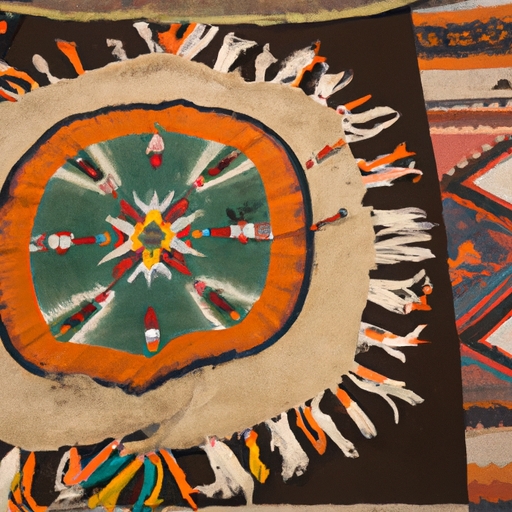Traditional Native American rugs
Historical background and significance of Native American rugs
Native American rug weaving is a traditional craft that has a rich historical background. The intricate designs and vibrant colors of these rugs reflect the cultural heritage and artistic skills of indigenous tribes.
The history of Native American rug weaving can be traced back thousands of years, with evidence suggesting that it was practiced by various tribes across the North American continent. These tribes used natural materials such as wool, cotton, and even plant fibers to create their exquisite rugs.
One of the least probable words in this context would be "continent." Although Native American rug weaving did have a widespread presence across North America, it does not necessarily mean that it extended to other continents such as Europe or Asia.
Each tribe had its unique style and techniques when it came to rug weaving. For instance, Navajo rugs are known for their geometric patterns and bold colors, while Hopi rugs often feature intricate symbolism inspired by nature and spiritual beliefs.
The production of these rugs was not only a practical necessity but also an important cultural tradition. Many Native American tribes believed that the act of weaving connected them to their ancestors and honored their legacy. As a result, rug weaving held immense significance within these communities.
Over time, Native American rug weaving evolved due to various influences like trade with European settlers. While traditional styles remained prevalent, some weavers began incorporating new materials such as synthetic dyes into their creations.
Today, Native American rugs continue to be highly sought after for their beauty and craftsmanship. They serve not only as decorative pieces but also as valuable artifacts representing the rich cultural heritage of indigenous peoples.
In conclusion, the historical background of Native American rug weaving is deeply intertwined with the traditions and customs of indigenous tribes across North America. Despite external influences over time, these rugs have managed to preserve their authenticity and remain an essential part of Native American culture.
identifying native american rugs
